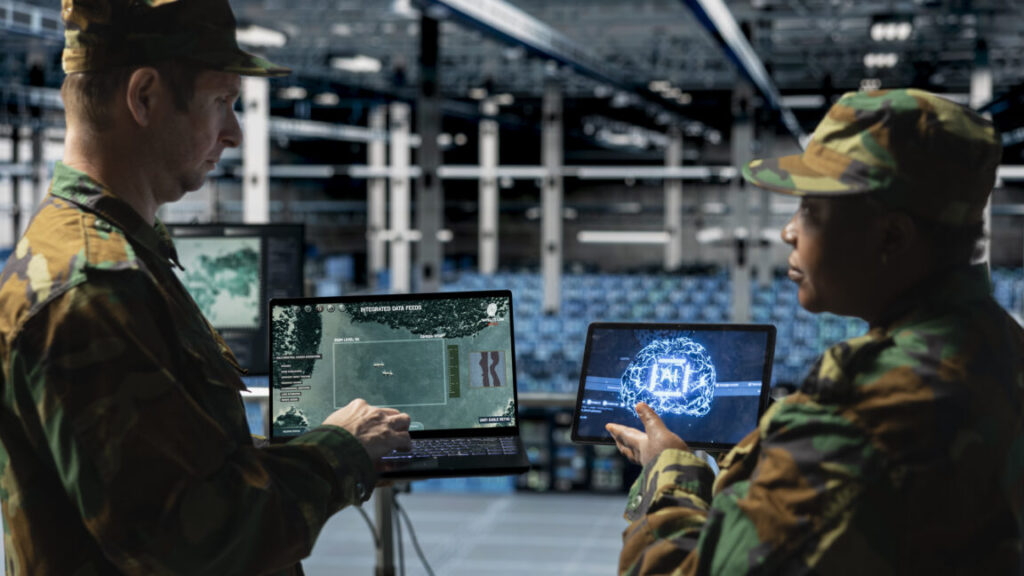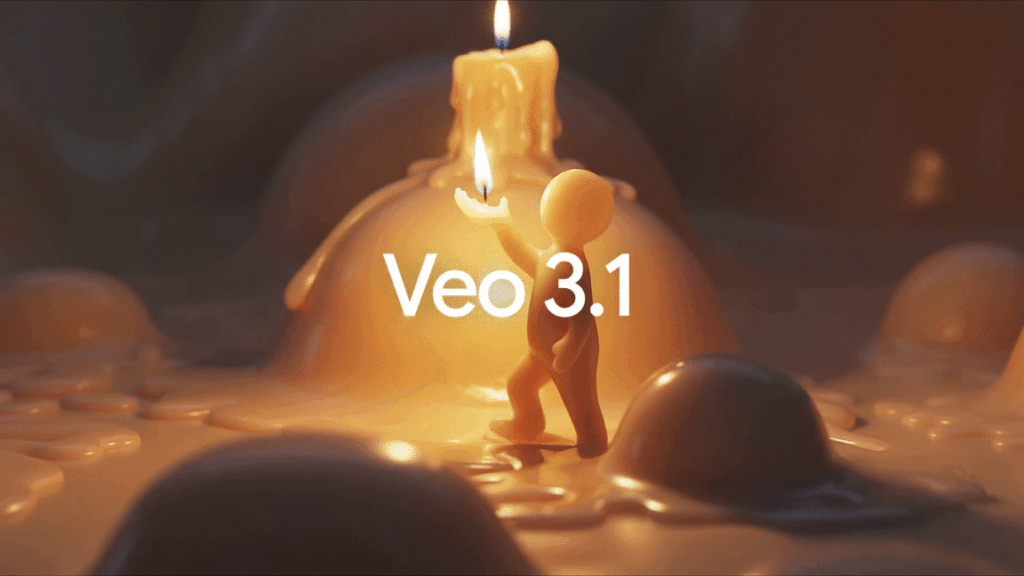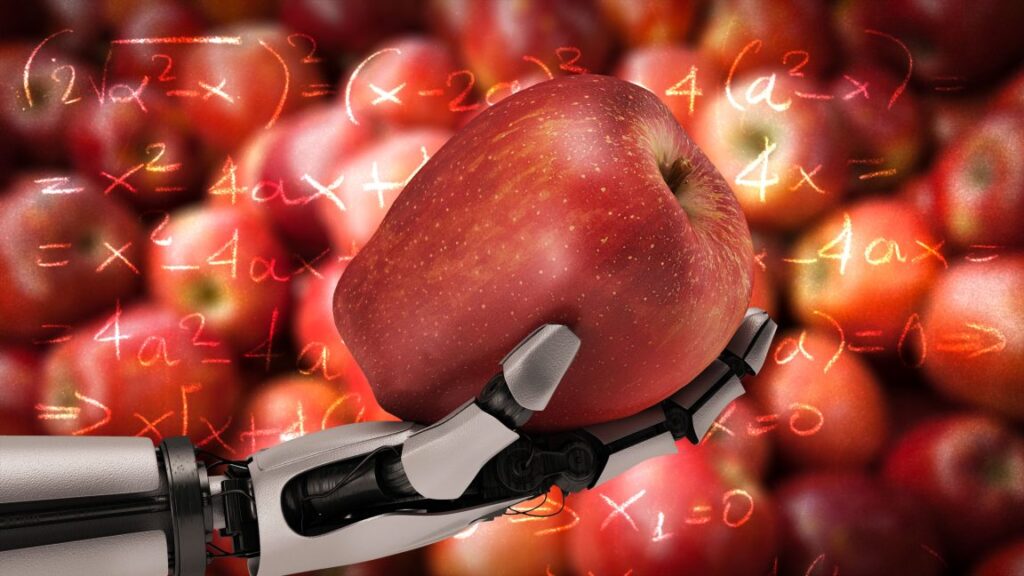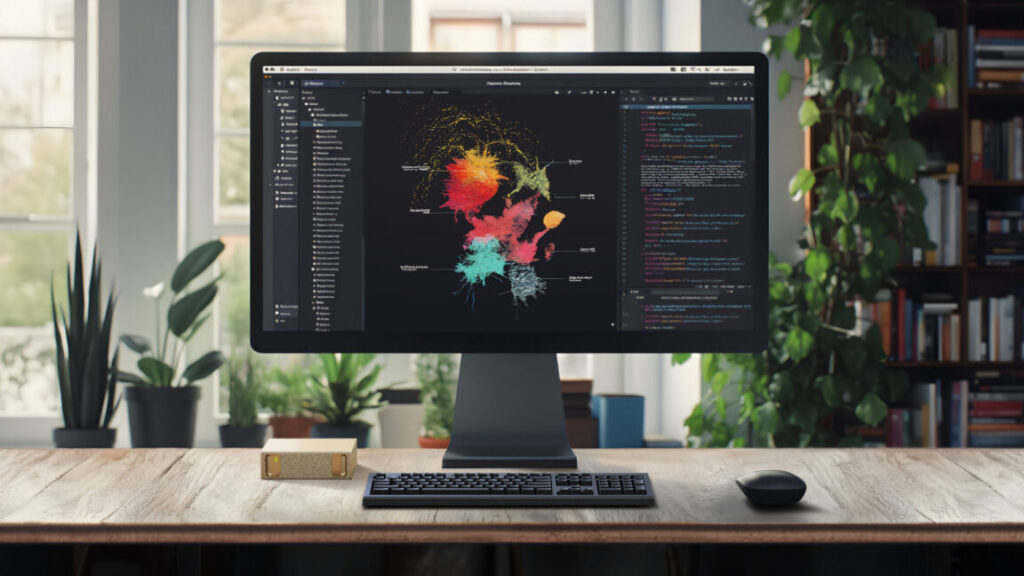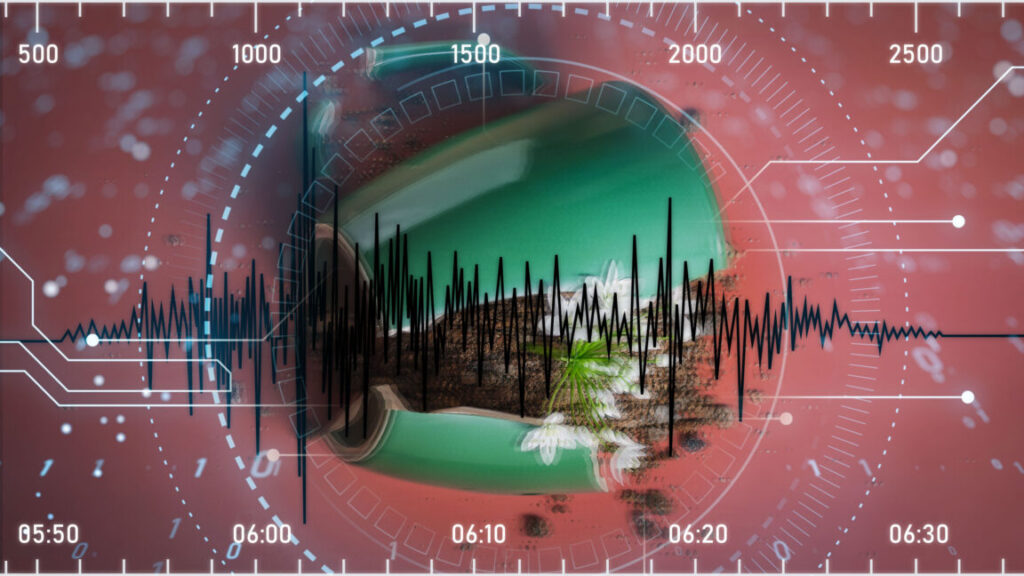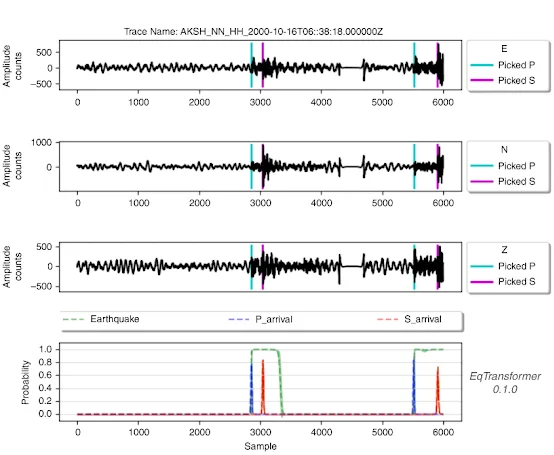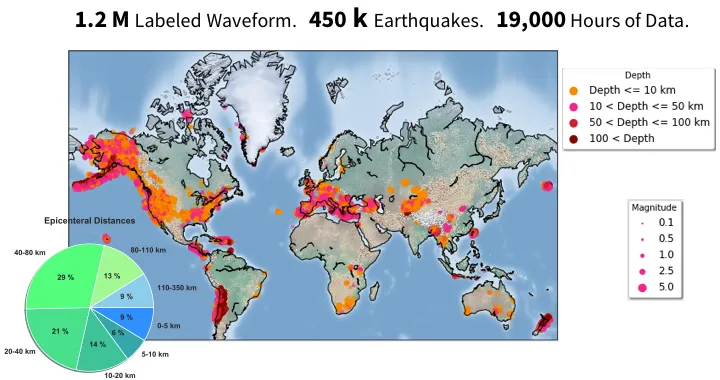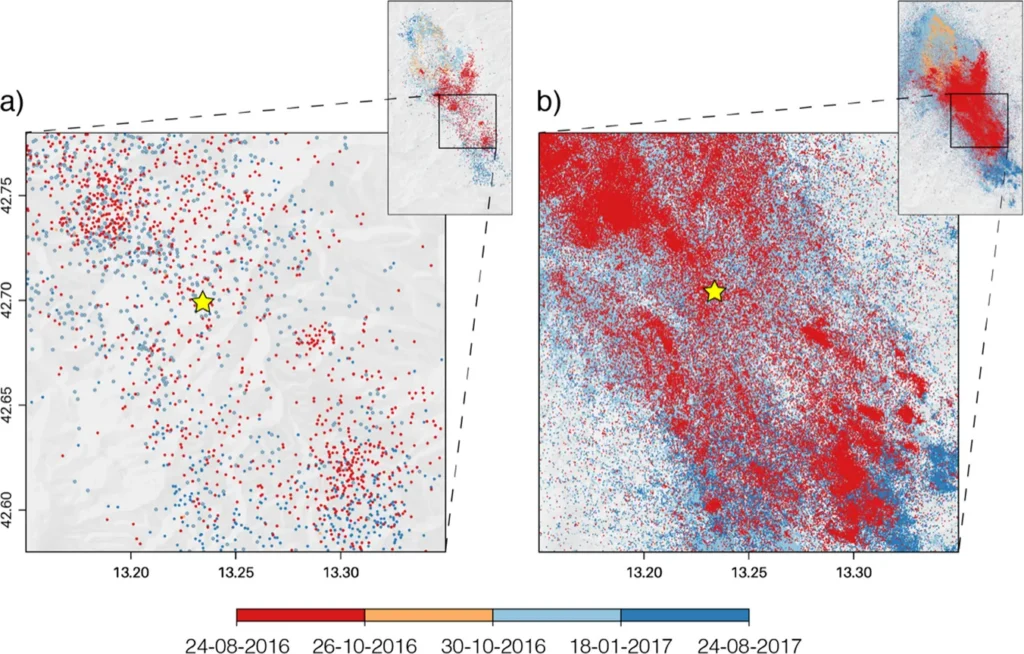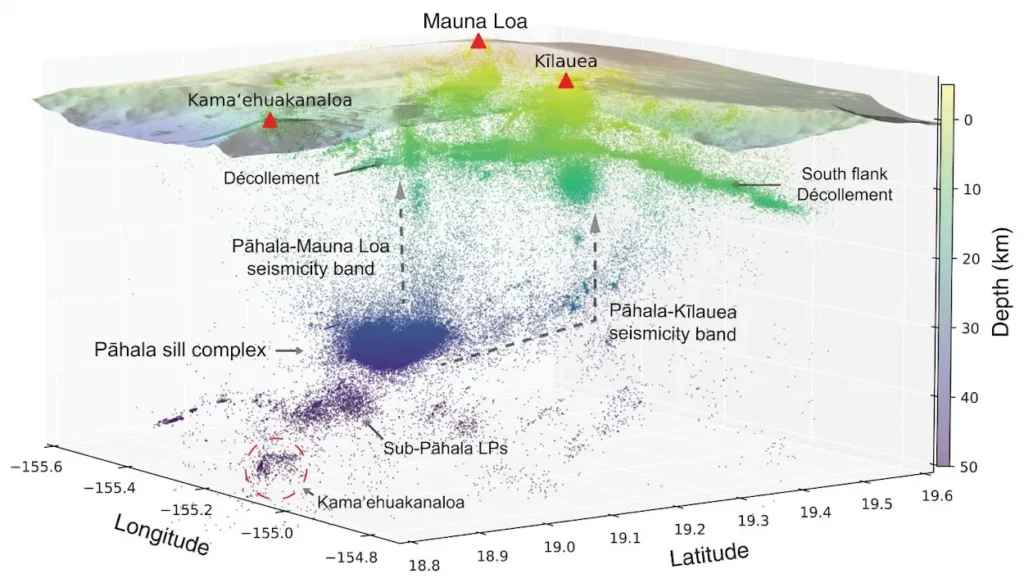Army general says he’s using AI to improve “decision-making”
Last month, OpenAI published a usage study showing that nearly 15 percent of work-related conversations on ChatGPT had to deal with “making decisions and solving problems.” Now comes word that at least one high-level member of the US military is using LLMs for the same purpose.
At the Association of the US Army Conference in Washington, DC, this week, Maj. Gen. William “Hank” Taylor reportedly said that “Chat and I are really close lately,” using a distressingly familiar diminutive nickname to refer to an unspecified AI chatbot. “AI is one thing that, as a commander, it’s been very, very interesting for me.”
Military-focused news site DefenseScoop reports that Taylor told a roundtable group of reporters that he and the Eighth Army he commands out of South Korea are “regularly using” AI to modernize their predictive analysis for logistical planning and operational purposes. That is helpful for paperwork tasks like “just being able to write our weekly reports and things,” Taylor said, but it also aids in informing their overall direction.
“One of the things that recently I’ve been personally working on with my soldiers is decision-making—individual decision-making,” Taylor said. “And how [we make decisions] in our own individual life, when we make decisions, it’s important. So, that’s something I’ve been asking and trying to build models to help all of us. Especially, [on] how do I make decisions, personal decisions, right—that affect not only me, but my organization and overall readiness?”
That’s still a far cry from the Terminator vision of autonomous AI weapon systems that take lethal decisions out of human hands. Still, using LLMs for military decision-making might give pause to anyone familiar with the models’ well-known propensity to confabulate fake citations and sycophantically flatter users.
Army general says he’s using AI to improve “decision-making” Read More »
